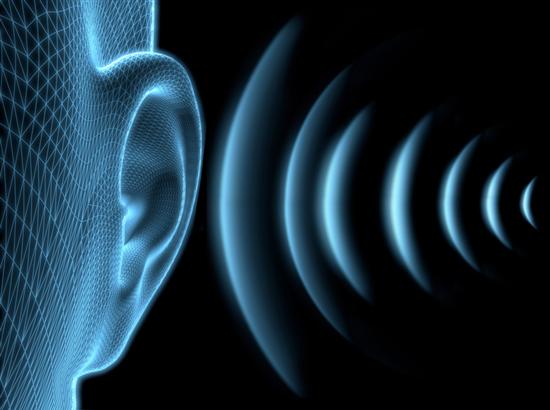Research continues and, for an unfortunate minority, the hum goes on.
The Hum is described as a low, modulated drone that sounds like an idling diesel engine or a distant aircraft. It starts and stops abruptly and is sometimes accompanied by headaches, nausea or other physical discomfort.

It has been heard in Bristol, Birmingham, Hertfordshire and Strathclyde; in Taos, New Mexico and Kokomo, Indiana; as well as in Canada, Germany, Sweden and Denmark. Typically, fewer than 5% of people can hear it; older women seem most likely to be affected. As well as innumerable sleepless nights, hums have been linked to at least three suicides in the UK.
The most frequently blamed sources are the extremely low frequency (ELF) signals used to communicate with submarines, typically at about 76Hz. There are ELF transmitters in Michigan and Wisconsin in the US, and on Russia’s Kola Peninsula. The first hum reports, however, predate ELF technology: in the 1940s, residents in Belgravia, London, blamed a hum on a radio transmitter in the Russian embassy basement.
Other hums have been attributed to gas pipes, seismic activity, mating fish and underground military bases. Only one has been conclusively identified: in 2003, a low hum in Kokomo, Indiana was traced to industrial fans in a factory.
The human audible frequency range is 20-20,000Hz. Women seem to be more sensitive to higher frequencies, becoming less so with age. Perhaps this makes older women more aware of lower frequencies, so fitting the hum demographic? That some hums have been measured by audio instruments would suggest that some sufferers are sensitive to frequencies unheard by the rest of us. One possibility is that electromagnetic signals that constantly surround us might, in some cases, bypass the ear and affect the brain directly.
But cases of objectively measured hums appear to be the exception, rather than the rule. When a German hum support group asked sufferers to identify the sound they heard using a tone generator, the several answers indicated either a range of hums or, in some cases, an internal source. Stress certainly heightens people ‘s sensitivity to the hum, while increased local media reporting no doubt contributes to hum anxiety.
Research continues and, for an unfortunate minority, the hum goes on.












